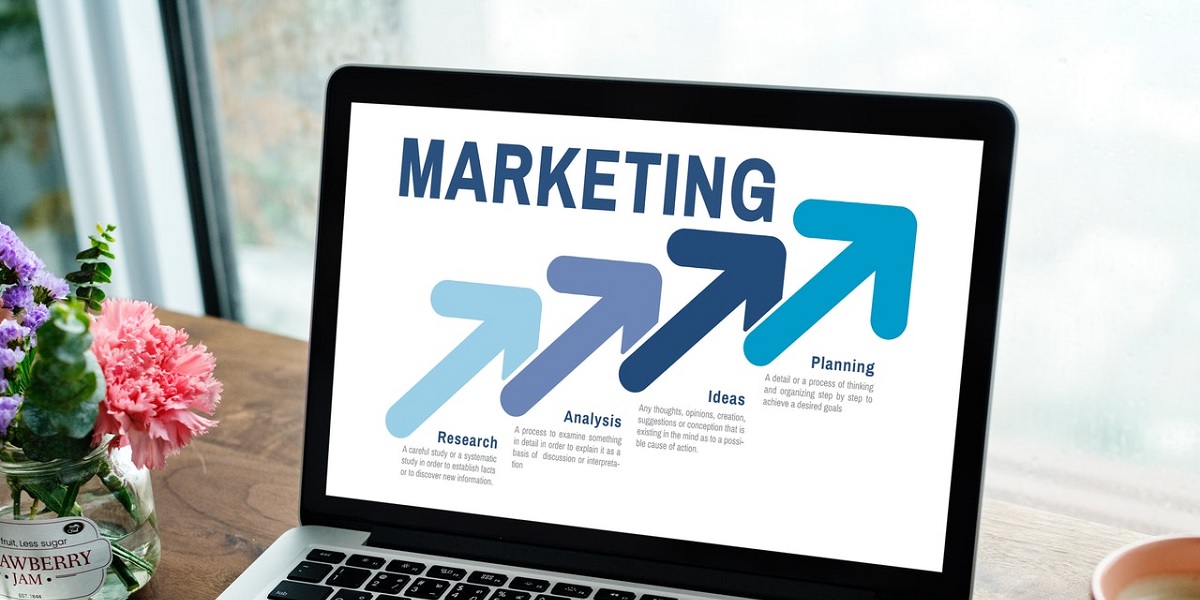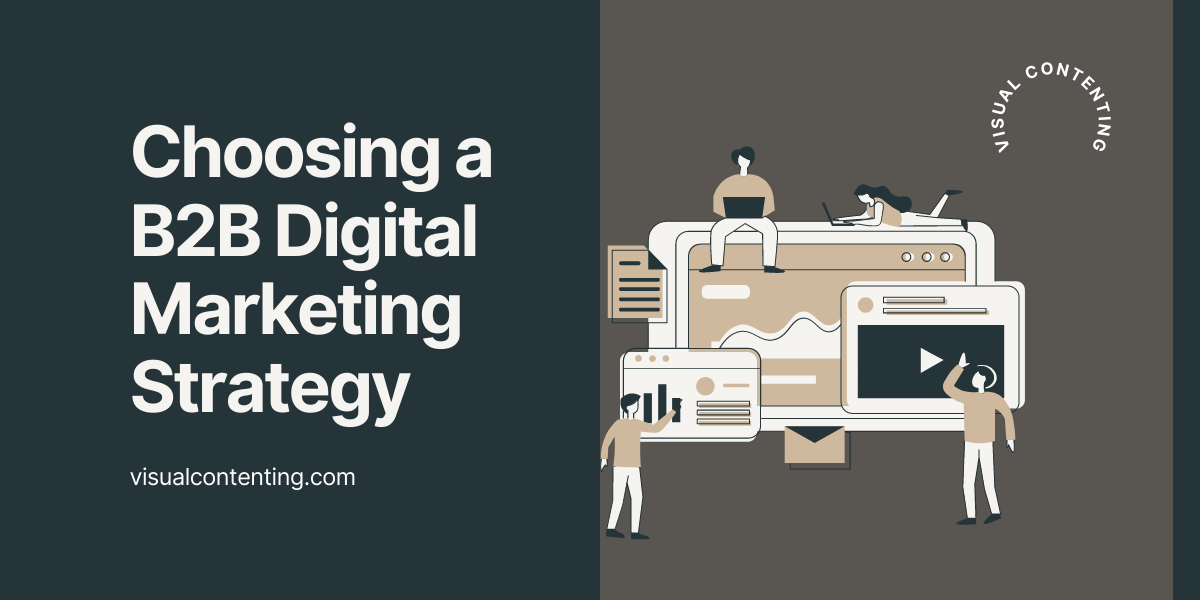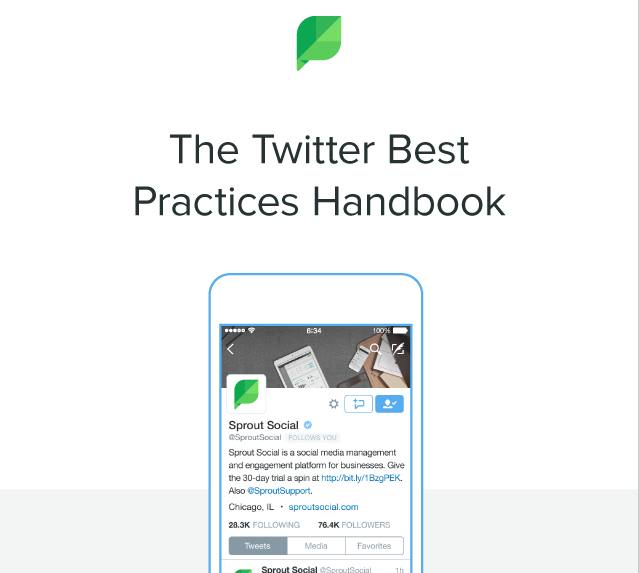If you're thinking about getting into marketing automation, having an effective plan in place will maximize your likelihood of success. Here are some steps to take, with the research to support the validity of working through them and maximizing your company's potential.
Offer Personalized or Dynamic Content
Personalized or dynamic content helps keep website visitors interested because it shows them the material that's most likely to stick around and engage. ClickDimensions and Ascend2 teamed up to carry out a study of business-to-business (B2B) marketers regarding automation. When asked to cite the most effective automated marketing tactics they used, 51% of those polled mentioned personalized/dynamic content.
There are a variety of ways you could take that approach in your marketing methods. For example, if you have an e-commerce site, you might show shoppers other products likely to interest them based on things they've bought before or the items already in their shopping carts.
This kind of personalization extends to inboxes, too. Many marketers send out customized messages based on past interactions. If a person previously opened a marketing email but didn't engage with a link inside it, a future one might contain link-free content.
Going back to the e-commerce example, it's common for marketers to distribute abandoned cart emails if people leave websites without completing their planned purchases. A strategically written note of that sort might first remind the reader that they left without checking out, then bring up the benefits of the particular item. Taking that second step helps the reader realize they're missing out by not purchasing the product.
Recommended: 3 Tactics to Implement Personalized Email Marketing Successfully
Figure Out Your Priorities
No matter if you'll soon invest in marketing automation for the first time or want to switch to a different platform, it's essential that you and the other parties involved determine what you most want to achieve. You may find it's easier to make that decision if you think about the challenges faced by the business first.
For example, perhaps meeting lead generation goals is one of the top struggles of the company. You could find a marketing automation platform that focuses on this specifically as one of its primary uses.
The findings of a VentureBeat Insight survey calculated the return on investment (ROI) companies could expect by using marketing automation. It showed that 80% of marketers using automated tools saw lead generation numbers increase, and 77% noticed an uptick in the amount of conversions. That gives you a strong idea of the results you might see.
Results of another study cited by VentureBeat Insight to support the research indicated that the majority of people who invested in marketing automation platforms thought they were fairly priced. The next-largest group of people agreed that their marketing automation platforms were pricey but worth it.
That second study also showed that user experience was one of the top factors evaluated by people seeking to invest in marketing automation platforms. Together, these conclusions suggest that a company should not put money toward a new system without first deciding what it wants to accomplish and what aspects are most important.
Include Personnel Investments in Your Strategy

You may be aware of other marketing companies that intended to invest in marketing automation but never saw the plans through to fruition. Indeed, many things could cause those intentions never to come to pass, and it's not always possible to know exactly why they didn't.
However, research from Liana Technologies gives some clues. It revealed that 60% of the companies that had not yet adopted marketing automation brought up a lack of experience or knowledge as the reason why. Moreover, almost 50% of the respondents mentioned a lack of personnel as the main problem they faced.
Using that study as a guide for preventing issues that stop you from moving forward with the intention to adopt marketing automation, don't overlook the need to budget for hiring people who can help bring a strategy to life or assist you with implementing the technology at your company. In some cases, hiring a consultant may be a sufficient option, especially if your budget is a concern.
A consultant that has experience in helping clients excel with marketing automation could bring the expertise you need, and they may have leads for experts you could hire in the future if your budget allows.
Investigate Ways to Boost Productivity with Marketing Automation
A marketing automation plan isn't well-optimized if it causes you to do more work than you performed before investing in the platform. Fortunately, tools exist that allow you to streamline workflows. For example, automation software for telemarketers has features that let users eliminate manual dialing and give them opportunities to send results-based emails with single clicks.
An infographic from Invesp showed that 14.5% of companies that used marketing automation platforms saw increases in sales productivity. Moreover, 74% of the people surveyed by Invesp said the biggest benefit to marketing automation technology was its ability to save them time.
With that in mind, you should specifically look for how you could use marketing automation to get productivity benefits. For example, you could use it to manage numerous clients simultaneously and improve overall retention rates. You may also invest in tools that help you automate the entire marketing funnel.
The ideal thing to do is to assess which barriers exist that stop you from engaging with customers in the most efficient ways. Then, look for marketing automation solutions that meet at least one of your most pressing needs.
Recommended: Mastering Marketing Automation As A Competitive Advantage
Consider How a Chatbot Might Fit Into Your Marketing Automation Mix
Something important to remember while looking for ways to optimize a marketing automation plan is that there are ways for tech tools to nurture leads even outside of your company's operating hours. One of the most common types of marketing automation that does this is a chatbot. According to Gartner, 25% of customer support operations would integrate chatbots by 2020. Only 2% said they'd take that route when polled in 2017.
Chatbots apply to the previous point because they could help boost your enterprise's productivity. You can program chatbots to answer some of the most common questions received by employees who interact with customers.
Take the example of a chatbot used by a specialty food retailer. People might ask about things ranging from shipping charges to the availability of gluten-free options. During the programming phase for a chatbot, it's essential to sift through any customer correspondence databases and confirm the most-asked questions. Then, use those queries when telling the chatbot how to respond.
Also, make sure to make the chatbot function so people can easily get responses via other means when possible. When a person asks something such as, "can I talk to a real person?" the response from the chatbot could directly connect someone to a human. It could also mention the customer support line is currently closed, but that a person could call back when it opens.
Moving forward with chatbot technology is something that could give your company the momentum it needs to succeed in a challenging marketplace. However, it's essential to develop it carefully so it applies to the needs of the organization and the things people want to know. That's because a study indicated that 69% of people associate chatbots with getting quick answers to simple questions when talking to businesses.
Recommended: How to Use Chatbots to Drive Sales and Increase the Engagement
Think about Using Automated Social Media Tools

It's safe to say that most successful marketing strategies in use today incorporate social media into their campaigns — and some do so heavily. That makes sense, since research shows people spend an average of 2 hours and 22 minutes on social media each day. Even though usage reached a plateau in some countries, it's growing in other places, such as the United Arab Emirates and the Philippines.
Still, the fact that people spend so much time on social media means you're likely missing out on a substantial segment of the market by not addressing customers there. One of the easiest and most common ways to depend on social media automation is to schedule your posts. First, research to see when your target audience is most often online. Then, let your marketing automation send out posts like clockwork.
It's also possible to depend on social media tools for getting more intelligence about when people mention your business. Some platforms give notifications of your mentions, allowing members of your social media marketing team to start taking part in the conversation. The results of one poll found 83% of people expect companies to respond to their comments within a day. Marketing automation could help you achieve that.
Recommended: Top 28 Social Media Tools to Make Your Job Easier
Your Steps to Marketing Automation Success
There is no guaranteed path to making marketing automation meet your expectations. However, you can use these six tips as a roadmap of sorts that steers you in the right direction as you begin investing in this technology. It's time to start tweaking your existing strategy so it's more appropriate for driving your company's growth and other business goals.
Related Posts
Kayla Matthews is a MarTech journalist and writer, whose work has been featured on Marketing Dive, Contently, Outbrain and Convince and Convert. To read more posts from Kayla, please visit her personal tech blog, Productivity Bytes.







